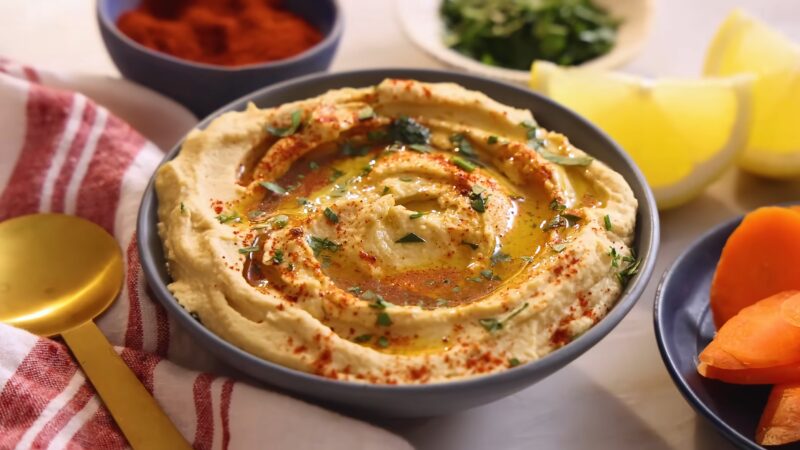Are you wondering whether hummus is vegan or raw? Hummus is generally considered vegan, thanks to its standard ingredients like chickpeas, tahini, olive oil, lemon juice, salt, and garlic, which are all plant-based.
This Middle Eastern dip is not only great for vegans but also a versatile spread and condiment that can be enjoyed by many.
What about raw hummus? A traditional variant is made from cooked chickpeas, which means it’s not raw.
However, you can make raw hummus by using sprouted chickpeas. This alternative keeps all ingredients uncooked, providing a different texture and taste while still fitting into a raw food diet.
Hummus in Vegan and Raw Diets
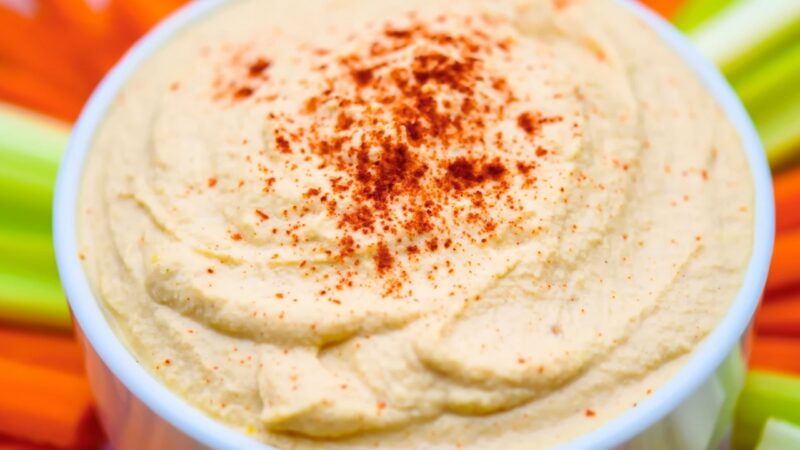
Hummus is a popular choice among vegans and those who follow a raw diet due to its plant-based ingredients and versatility. This section explores its role as a vegan staple, the considerations around store-bought, and how to include it in your diet.
Hummus as a Vegan Staple
Hummus is naturally vegan, as it is typically made from a blend of chickpeas, tahini, olive oil, lemon juice, garlic, and salt. These ingredients are all plant-based and free of animal products like eggs or dairy.
For vegans, it is a great source of protein, fiber, and healthy fats. It pairs well with various dishes and can be used as a dip, spread, or even a salad dressing. The nutrient-rich profile makes it a favorite for those looking to maintain a balanced diet without animal products.
Homemade hummus ensures that you control the ingredients and avoid non-vegan additives. It is also free from unwanted processed items, making it a healthy and versatile addition to your vegan diet.
Is Store-Bought One Vegan?
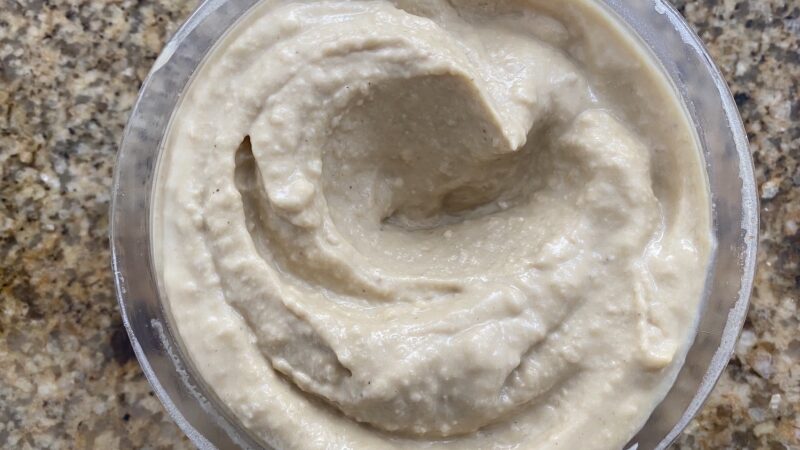
Most store-bought hummus is vegan, but it’s important to read the label. Standard ingredients should include chickpeas, tahini, olive oil, lemon juice, garlic, and salt. However, some brands add non-vegan ingredients like dairy, preservatives, or artificial flavors.
Look for labels indicating vegan, gluten-free, non-GMO, and kosher. These labels help ensure the product meets high standards and avoids non-vegan additives. Some brands include citric acid or natural flavors, which are generally vegan but can sometimes come from non-animal sources.
If you follow a strict vegan diet, check for any hidden ingredients that might not be plant-based. Some brands might use processed additives or palm oil, which you might want to avoid for health or ethical reasons.
Raw Considerations
Raw hummus is made from raw, sprouted chickpeas rather than cooked ones. To make raw hummus, soak chickpeas for 8-12 hours, then let them sprout over a few days, rinsing regularly.
Sprouted chickpeas are easier to digest and contain more nutrients compared to cooked ones. When making raw hummus, you can add:
- Raw tahini
- Lemon juice
- Garlic
- Olive oil
Raw hummus can be a delight in your raw diet, offering a fresh and vibrant taste. Be cautious of store-bought options that may not be fully raw. Making it yourself ensures you avoid processed elements and control all ingredients.
Nutritional Profile
Hummus is both nutritious and versatile, often serving as a healthy dip or spread. It is rich in protein and fiber, and it contains essential vitamins and minerals.
Health Benefits
Hummus is packed with fiber, which aids in digestion and helps you feel full longer. The main ingredient, chickpeas, is a great source of protein, making it suitable for plant-based diets.
Iron and potassium are also present, supporting blood health and muscle function. It’s high in healthy fats from olive oil, which can promote heart health.
Vitamins B6 and E contribute to brain and skin health. These nutrients make it a nutritious option for snacking or adding to meals.
Caloric and Macronutrient Content
Hummus is relatively low in calories. A typical serving of two tablespoons has about 60-80 calories. This makes it a light option that can fit into various diets.
It provides 2-3 grams of protein per serving, which is significant for those on plant-based diets. You’ll also get about 2 grams of fiber, contributing to daily fiber needs.
The fat content, primarily from olive oil and tahini, adds healthy fats to your diet. This balance of protein, fiber, and fats supports energy levels effectively.
In addition to being low in sodium, hummus does not contain added sugars, making it a healthier choice compared to many other dips.
Ingredients
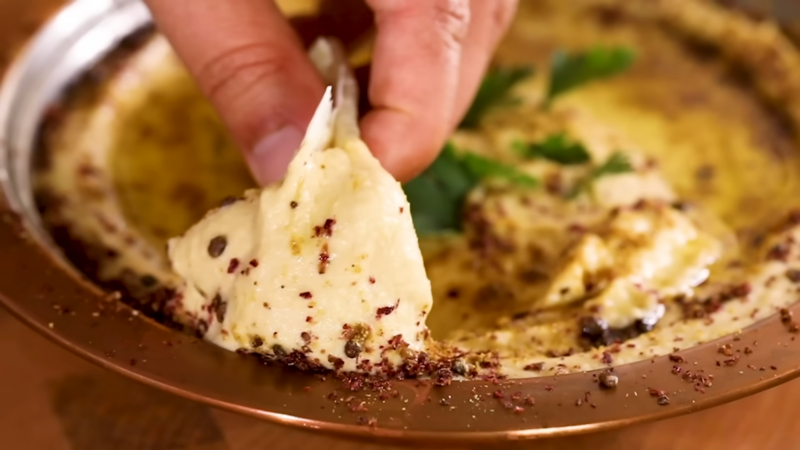
Hummus is known for its simple, plant-based ingredients that cater to both vegan and raw diets. Understanding the basics and variations can help you appreciate its versatility and flavor.
Core Components
At its heart, hummus is made from a handful of ingredients. The main ingredient is chickpeas, also known as garbanzo beans. These legumes provide a creamy texture and are rich in protein and fiber.
Next is tahini, a paste made from ground sesame seeds. It adds a nutty flavor and creamy consistency. Lemon juice is used for a tangy brightness, while garlic gives a sharp, savory kick.
Olive oil is often added for smoothness and to enhance the flavor. Salt is also included to balance the taste. Together, these ingredients make a traditional variant that is both vegan and nutrient-rich.
Common Additives and Variations
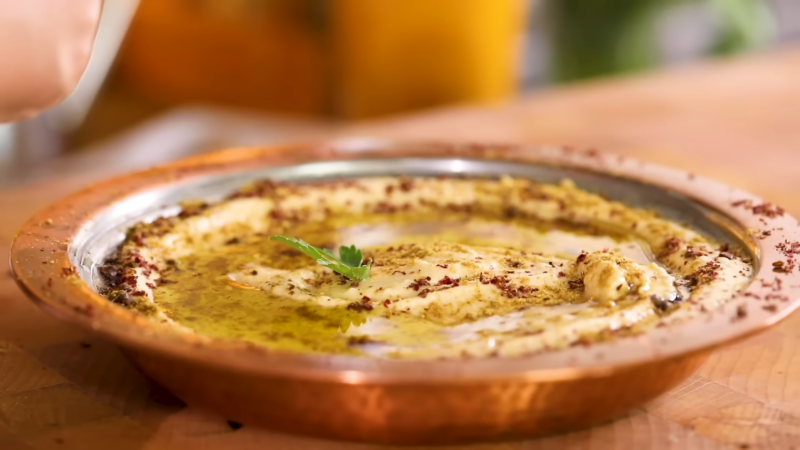
Various ingredients can be added to hummus to create unique flavors. Cumin and paprika are popular spices that add warmth and a touch of smokiness. For a roasted twist, roasted garlic is sometimes used, offering a deeper, caramel-like flavor.
Vegetables like red bell pepper or beets can be blended in to create colorful versions such as red pepper or beet hummus. These variations not only change the color but also add different layers of taste.
Some recipes substitute chickpeas with other beans like white beans for a different texture. While traditional hummus is often smooth, you can adjust the consistency by adding more or less olive oil and water.
This flexibility makes hummus an adaptable dish suitable for various dietary preferences and meal styles.
Serving and Pairing Ideas
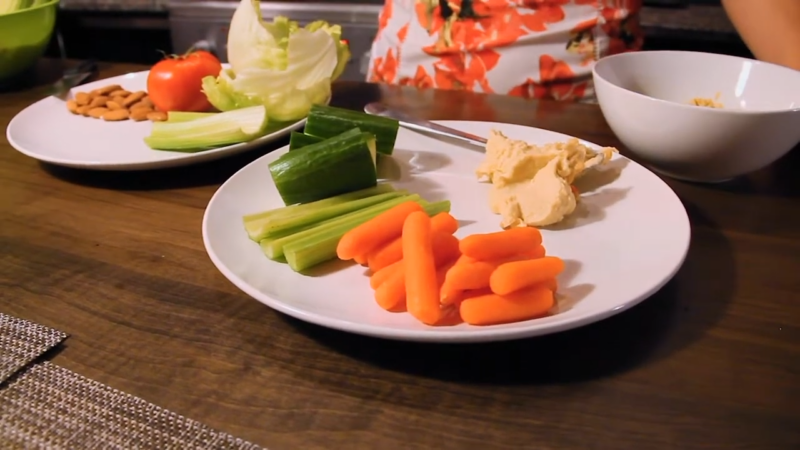
Hummus shines as a flexible and tasty ingredient that can fit many dishes. You can serve it in traditional ways or get creative and add it to unique recipes.
Hummus as a Versatile Food
Hummus is great as a dip for various veggies like carrot sticks, celery, and cucumber slices. These fresh veggies not only add a crunchy texture but also complement the smooth, creamy flavor.
Pair hummus with pita chips or crispy crackers for a satisfying snack or appetizer. You can also serve it with pita bread to dip.
It’s also wonderful as a spread on sandwiches and wraps. Using whole-grain bread with hummus provides a filling and flavorful meal.
Hummus can be a great addition to salads as a dressing alternative, giving a rich and creamy texture. Add a dollop of hummus to mixed greens, beans, seeds, and nuts for a nutritious boost.
Creative Ways to Add It

Try using hummus in non-traditional cooking. For example, spread it inside stuffed peppers or avocado halves for a unique twist.
If you enjoy homemade ones, experiment with flavors such as roasted red pepper or pesto. For a sweet treat, consider dessert like chocolate hummus paired with fruit slices.
Mix hummus with a bit of extra virgin olive oil, black olive slices, and chopped parsley to create a delicious topping for grilled veggies. For a fun twist on casual dining, try using it as a zesty filling in Taco in a Bag, adding a burst of flavor to this popular dish.
Make it a part of your diet by adding it to pasta or as a base for creamy soups.
Brands like Sabra and Hope Hummus offer a variety of store-bought options, but homemade versions let you customize the taste exactly how you like it.

